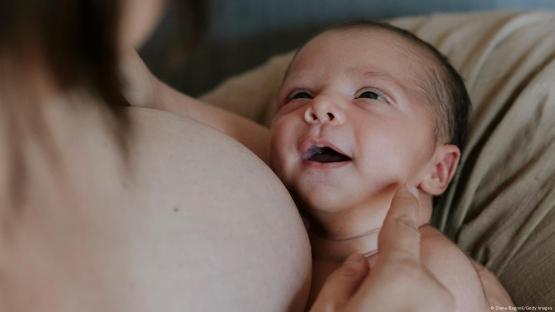A 12-YEAR-OLD boy has become the first secondary school student to die from the Strep A winter bug surge which is sweeping the country.
The lad, a Year 8 pupil at a private school, had blood poisoning caused by the more serious bacteria called invasive Group A Strep .
A 12-year-old boy has become the first secondary school student to die from the Strep A winter bug surgeAt least six children are now known to have died from the illness which usually only causes a mild sore throat and temperature â but in extreme cases can lead to a life-threatening infection.
The other deaths were children of primary school age.
Millions of parents across the UK were on alert last night after health chiefs nationwide urged them to look out for symptoms and act promptly.
The pandemic lockdown is being blamed for the outbreak because children were shuttered away â creating a lower immunity to infections.
In a letter to parents of pupils at the £15,000-a-year Colfe’s School in Lewisham, South East London , headmaster Richard Russell said the 12-year-old student’s death was a “huge shock”;;.
He added he wanted to reassure families the risk to their children was still low. He said: “We have taken advice from the UK Health Security Agency (UKHSA).
“Blood tests identified the student had blood poisoning (septicaemia) caused by Group A streptococcus (GAS), which led to invasive Group A Streptococcal disease (iGAS).
“The GAS bacterium is very common and usually causes mild illness such as scarlet fever, which can be treated with antibiotics .
“However, in very rare circumstances it can be complicated by other infections and get into the bloodstream â becoming invasive and causing blood poisoning.”;;
The boy who died is understood to have been a keen rugby player.
Another student from the same school is believed to be in hospital.
Health officials confirmed six children in the UK have now died with iGAS since September.
The UKHSA said the last time there was an intensive period of Strep A infection was in 2017-18, with four deaths in England in the equivalent time frame.
The current victims include Muhammad Ibrahim Ali, four, from High Wycombe, Bucks, and Hanna Roap, seven, from Penarth, Vale of Glamorgan . Two other victims are said to be from Ashford, Surrey , and Ealing, West London.
The dad of a four-year-old girl who is fighting for her life after contracting the disease has said he has been “living in an absolute nightmare”;;.
‘Heartbreaking’
Doctors said little Camilla Rose Burns was the “poorliest girl in the whole of England”;; when she arrived at hospital on Monday.
Dad Dean, from Bolton, Greater Manchester , said: “She’s not the same girl any more. It’s heartbreaking.”;;
He said she complained about her chest after a bug circulated at her school and is now on a ventilator at Alder Hey Children’s Hospital, Liverpool.
The Sun on Sunday’s Dr Jeff Foster said Strep A is one of the most common bugs doctors see in kids every year, but that it is currently surging.
He said: “It is commonly found in children under ten and is spread by droplets and close contact â through spit, sneezing, coughing and touching infected surfaces. It’s the same way you would get a common cold .
“You can get mild cases where children have a temperature and a sore throat. If it becomes scarlet fever they would get a rash, which looks like sandpaper, around four or five days after the temperature starts, and red flushing cheeks.
“This year’s is not a new variant. It’s the post-Covid effect as kids were not exposed to bugs for two years.”;;
Dr Colin Brown, deputy director of the UKHSA, added: “It is important parents are on the lookout for symptoms â and see a doctor as quickly as possible so we can stop the infection becoming serious.”;;




